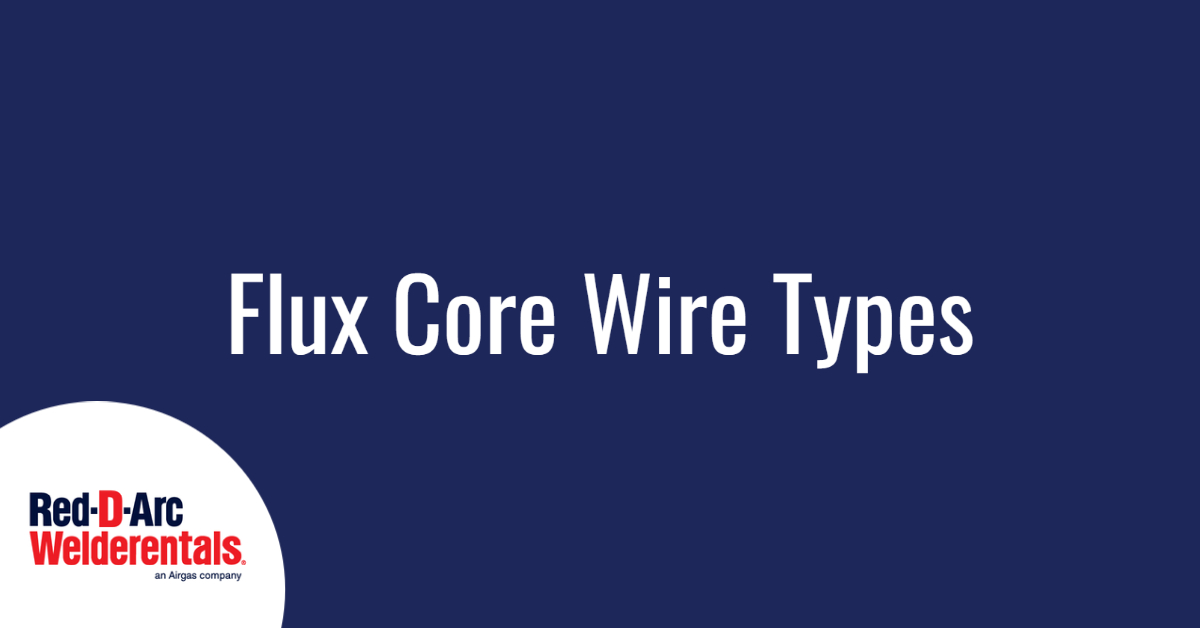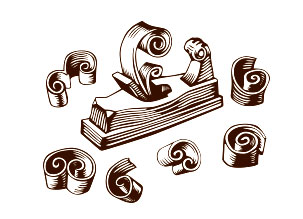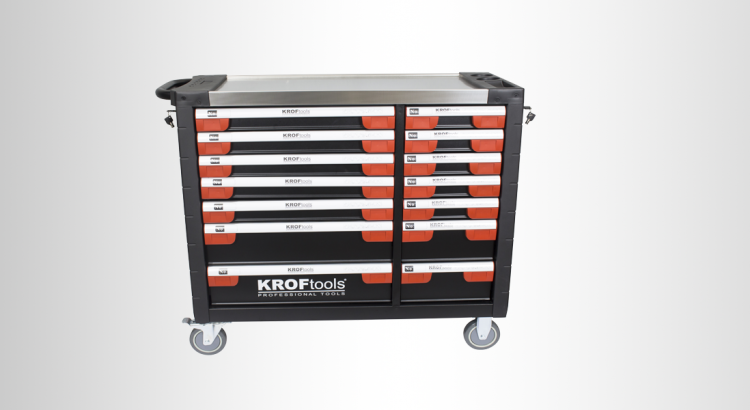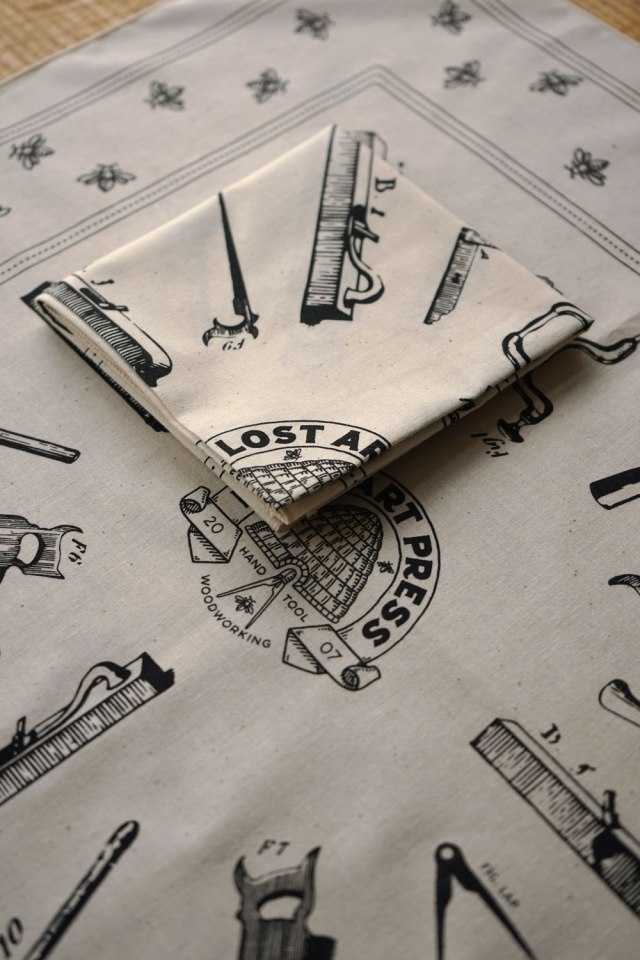Flux Core Wire Types – Red-D-Arc Red-D-Arc
Flux Core Wire Types

Contents
Flux-cored arc welding (FCAW) is a wire-fed process like gas metal arc welding (GMAW/MIG). However, what makes FCAW a unique process is the filler metal. FCAW uses a tubular wire that generates slag during welding. While removing the slag after welding can be inconvenient, the slag is critical for the process to achieve good weld quality and provide unique benefits compared to MIG and other welding processes.
When it is time to select a flux-cored wire for your application, you may find that there is an extensive list of wires to choose from. Selecting the best wire—one that is easy-to-use and produces a high-quality weld deposit with suitable mechanical and chemical properties—requires a basic understanding of the basic wire types and capabilities.
Primary FCAW Wire Types: Self-Shielded and Gas-Shielded
In addition to producing a slag during welding that helps to remove base metal impurities, flux-cored wires generate gases that serve to displace the atmosphere around the molten weld metal. This displacement protects the weld metal from atmospheric gases such as oxygen and nitrogen that can lead to porosity or harm mechanical properties.
Self-Shielded Flux Cored Welding (FCAW-S)
Self-shielded flux-cored wires produce sufficient gaseous shielding, so no assistance (external shielding gas) is required. Self-shielded wires are suitable even in breezy conditions, such as outdoor construction and repairs. Remember that using these wires indoors can be challenging from an environmental health and safety perspective, even when strong ventilation is used.
Some self-shielded wires offer sufficient weld toughness—an ability to absorb energy before fracture—that makes them well-suited for structural fabrication in seismic areas and demand-critical welds on bridges and similar structures.
Of course, flux-cored wires also exist for “light-duty” applications around the house, garage, or farm and ranch. While these wires may not be as tough, they often provide more-than-adequate mechanical properties and are easier to use and available in diameters that complement commercial and light-industrial equipment. In addition to the local welding supply, it is often possible to find these wires at hardware and farm supply stores.
Gas-Shielded Flux Cored (FCAW-G)
Not all flux-cored wires are self-shielded, meaning that an external shielding gas (supplied in cylinders similar to those used when MIG welding) is required to achieve acceptable weld quality; these gas-shielded wires are not capable of providing sufficient atmospheric displacement on their own. The process using these wires is often abbreviated as FCAW-G (for gas-shielded).
The trade-off to needed external shielding gas is that the gas-shielded wires are often much more user friendly than the self-shielded wires while still providing improved tolerance to poor base metal conditions—rust, weldable primer, and mill scale—than MIG welding. FCAW-G is especially popular in the railcar, shipbuilding, and heavy equipment fabrication industries.
Common shielding gases for gas-shielded include 100% carbon dioxide and 75% argon/25% carbon dioxide. 100% carbon dioxide is a lower-cost option that typically offers improved base metal penetration, while the argon/carbon dioxide shielding gases usually provide a smoother arc and reduced weld spatter.
In-Position & All-Position Flux Cored Wires
In certain applications, it is possible to position the work (by hand, sometimes using equipment) so that the weld joint is roughly parallel with the ground. This is known as welding “in position.” Since the effect of gravity is not as detrimental, it is often possible to weld at higher amperages. This translates to improved deposition rates, welding travel speeds, and in many cases, improved welding productivity.
Some flux-cored wires are limited to welding in position only. The slag of these wires tends to freeze slower than those wires that are capable of welding in the flat, horizontal, vertical, and overhead positions, but a slow freezing slag often provides a very smooth weld bead contour and good penetration. Typically, these “flat and horizontal only” wires are available in larger diameters to allow the use of very high currents. A 3/32” wire, for example, is typically used between 350 and 500 amps!
If work cannot be positioned, resulting in weld joints in the vertical and overhead positions, an “all-position” flux cored wire must be used. Here, the slag is designed to freeze quickly to support the molten metal and prevent it from dripping or sagging when reasonable welding parameters are used.
Weld Deposit Composition: So Many FCAW Wires!
Some flux-cored wires are suitable for welding lower-strength carbon steels. In contrast, others are designed for welding higher-strength low alloy (HSLA) steels that derive strength and toughness from elements such as nickel, chromium, and molybdenum, among others. Specialty wire manufacturers even make flux-cored wires designed for welding stainless steels, exotic nickel-based alloys, and tool steel compositions.
Some available alloys are even designed for surfacing instead of joining so that exposed areas of base metals are more abrasion or impact resistant.
Conclusion
Flux-cored arc welding is an expansive process with many wire types: gas-shielded, self-shielded, all-position, in-position, carbon steel, HSLA steel, stainless steel, and more. If you ever feel overwhelmed by the sheer number of flux-cored wires in the welding marketplace, consider turning to AWS or CWB filler metal specifications. Often, these technical documents have electrode classification systems that help you compare products and descriptions of the intended uses of certain wire classifications.
If you’d prefer to save the reading for another time, don’t hesitate to contact Red-D-Arc. We are a knowledgeable team who can rent you the best equipment and advise on the optimal consumables—such as flux-cored wire—you will need for your flux-cored welding application.

Red-D-Arc Welderentals™ an Airgas company rents and leases welders, welding positioners, welding-related equipment, and electric power generators – anywhere in the world. Our rental welders, positioners and specialty products have been engineered and built to provide Extreme-Duty™ performance and reliability in even the harshest environments, and are available through over 70 Red-D-Arc Service Centers, strategically located throughout the United States, Canada, the United Kingdom, France, and the Netherlands, as well as through strategic alliances in the Middle East, Spain, Italy, Croatia, and the Caribbean. From our rental fleet of over 60,000 welders, 3,700 weld positioners, and 3,700 electric-power generators, we can supply you with the equipment you need – where you need it – when you need it.







